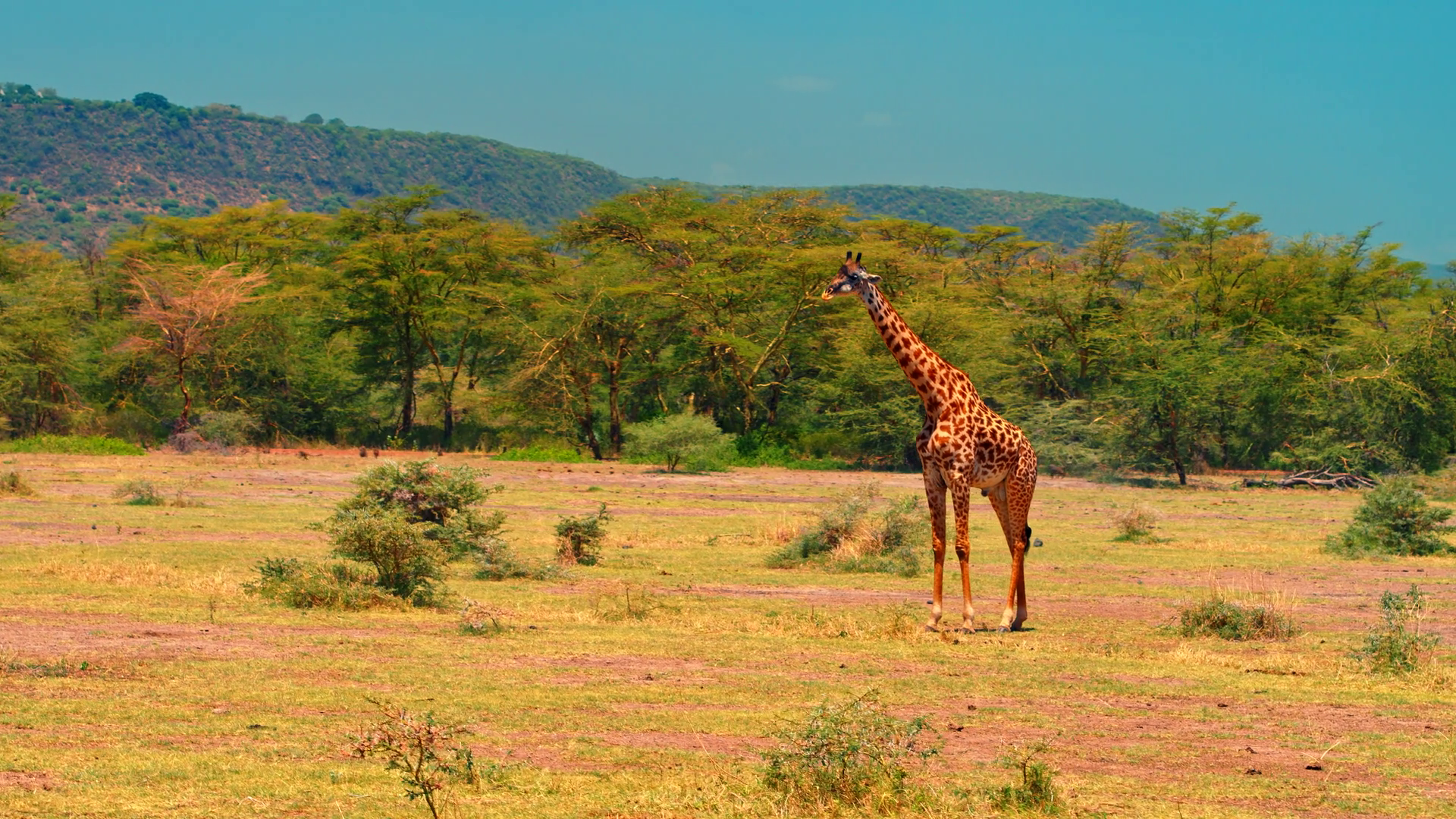Ruaha national park is well known for its varied dramatic scenery, which includes rolling hills; large open plains; groves of skeletal baobabs and along its southern border, the Great Ruaha River, from which the park gets its name.
Ruaha’s relative inaccessibility means it gets far fewer tourists than the Selous and less than any comparable park in the Northern circuit. This vast wilderness in the southwest of the country covers 20 226km², yet it is visited by only a handful of intrepid tourists each year.
Ruaha has a completely different landscape to the Selous: red scorched earth, baobabs and snaking sand rivers. The game viewing here is excellent and follows the same seasonal pattern as the Selous, such that they combine well in an itinerary.
Location
- Located at the heart of Tanzania, Ruaha is on the Southern circuit
- The park is a part of the 45 000km² Rungwa-Kizigo-Muhesi
- With the distance of approximately 480 km from Dar es salaam
When to go
- Best time to visit the park is from May to November.
- The park is greener and prettier from January to June.
- Birding peaks during the months of December to April.
Weather
Ruaha has a hot, dry climate which means the animals don’t tend to stray too far from dependable water sources. This makes predicating game movements far easier particularly in the dry season.
Activities
- Bird watching: there are over 570 bird species in the Park throughout the year.
- Game drives: Ruaha is part of an extended ecosystem through which animals roam freely, and it’s possible to do walks and spot lit game drives in the border areas
- Camping










